Businesses have realized the importance of eCommerce optimization as it directly impacts conversions and sales. For an eCommerce store, speed is money. The site loading time directly impacts conversions and sales. An optimized loading time assures improved SEO, increased ROI, and happier customers for your WooCommerce store.
For these reasons, eCommerce page speed optimization is of paramount importance. Let’s discuss the importance of speeding up your eCommerce website and the ways to speed up WooCommerce store.
Why is it important to speed up WooCommerce store
A recent study by Google reveals that almost 53% of mobile device users left a site when it took more than 3 seconds to load. Moreover, more than 73% of the visitors leave and switch to a competitor site if a website is too slow to load.
Surprised? Check out the statistics from ThinkWithGoogle.

Moreover, Google’s site ranking algorithm considers a website’s speed and performance as a major determinants. While discussing the significance of the website speed, it is ideal that we consider the reasons that contribute to slow loading websites. The factors contributing to a slower loading website could be numerous. Some of them are the size and weight of the page, unoptimized image, and slow hosting service. There are other reasons such as buggy codes or spiked server requests.
ECommerce page speed optimization
Having discussed the importance of eCommerce performance optimization, and its reasons, let us move on to effective ways that can speed up your website and create a better first impression to its visitors.
Here are a few ways that can help your eCommerce website load fast. Let’s dive in!
How to speed up your WooCommerce
1. Change the hosting
Is your site slowing down when there is a spike in traffic?
Upgrade your hosting plan or change the hosting service provider as the traffic grows. You can either go for shared hosting, VPS hosting or get dedicated servers. Ideally, your hosting provider should offer the stable and latest platform to host your eCommerce online store. Ensure that their servers are optimized for WordPress, WooCommerce, or any other eCommerce plugin that you want to use.
Hosting servers will be optimized for speed and performance with built-in caching, security, and other elements to improve performance.
2. Use the latest version of WordPress & WooCommerce
Sometimes eCommerce speed can be affected by outdated versions of WordPress, WooCommerce, and other plugins. The same happens with WordPress themes, the latest versions are the ones that you need to use. Hence make sure that you update all the plugins and themes regularly to achieve WooCommerce speed optimization.
Learn how to install WordPress and WooCommerce the right way with our WooCommerce Store Tutorial.
3. Optimize product image
For eCommerce speed optimization, optimizing the product images before uploading it to the website. You will have options for making the images ready for web export. Alternatively, you can use an image compression plugin for WordPress which will help you automatically optimize your product image size for a better site. Optimizing the images for better loading speed, positions your online store well in Google search results. Well, like customers, search engines also like fast sites.
4. Start using CDN

A Content Delivery Network (CDN) can be defined as a group of servers situated strategically around the world. Using CDN is one of the best solutions to maintain eCommerce websites with high traffic loads. Depending on where the request is coming from, WordPress CDN automatically assigns the nearest CDN Point of Presence to deliver the cached resources. This helps in ensuring the visitor a faster browsing experience. Using WordPress CDNs for your website also boosts your Search Engine Rankings.
5. Limit your page size
Another hurdle that brings down your website speed is the size of your pages. The number of HTML and CSS files, images, scripts, and all media makes your page heavy and slows down your site.
In order to minimize the page size, begin with removing any unused scripts, plugins, and fonts from your website. Merging and minimizing code helps to reduce the number of server requests, thus speeding up the page load time.
6. Reduce HTTP requests
The eCommerce page comprises many components and each of them is individually loaded by the visitor’s browsers by making an HTTP request to your server. An increase in these HTTP requests means a longer page load time. Enabling caching by using third-party plugins can be a solution to this problem.
Ideally, you should begin with removing unnecessary extensions, images, and miscellaneous files. Next, combine several small elements (images, buttons, icons) into one CSS sprite with the help of tools such as CSS Sprites generator, CssSpritegen, Spritebox.
7. Choose a Better WordPress Theme
For an eCommerce site, you need to ensure that it’s fully compatible with WooCommerce. An ideal WooCommerce theme should have a balance between functionality and speed. Instead of using a heavy theme, you can go for a simple theme and then use suitable plugins to add the functionality and features. This way you can have better control over both the performance and appearance of your online store.
8. Use better WordPress plugins
WordPress plugins help bring in additional features and functionality. You can add any number of plugins and it won’t affect the speed of your website. What slows down your website is a poorly coded plugin. Therefore, it is recommended that you test the performance impact of the plugins on your website before and after installing them. This will ensure that your eCommerce speed and plugin functionalities go hand in hand.
9. Reduce database requests
Database queries are extremely fast, and your website can run hundreds of those in mere milliseconds. However, if your website is handling a traffic spike, then these queries can slow down your page load time. These queries slow your eCommerce website because your WordPress and WooCommerce use databases to store.
A typical solution to tackle this problem would be to optimize your WordPress database by decluttering and deleting old junk, deleting old revisions, or limiting the number of revisions. Editing your WordPress theme files or debugging faulty code will also help you keep your database intact. and thereby speed up your WooCommerce store.
10. Oversee website performance
Finally, if you have checked and completed all the above eCommerce page performance optimization techniques, you will notice that your website loading time has drastically decreased. However, this doesn’t guarantee that your website will not slow down again.
Therefore, you should constantly be tracking performance metrics to check the loading speed whenever there are any changes in the website design or when you bring in changes to the custom functionality.
To conclude, constantly reviewing the homepage, category, and product pages of your website is necessary to ensure your site’s speed and performance. If you analyze these main visitor entry points, there is no doubt that your site will always perform flawlessly.
Want to know how to scale up your eCommerce business to reach a larger audience? Upgrade and adapt by creating a mobile app for your store, read more here.
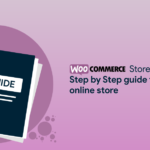

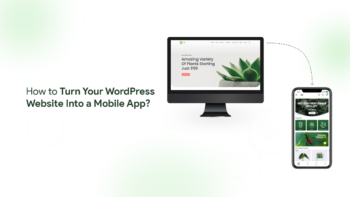


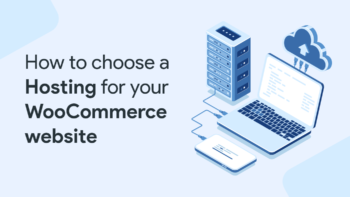


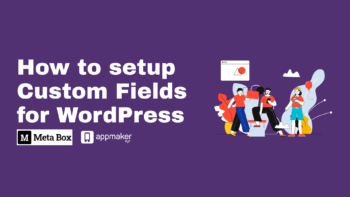
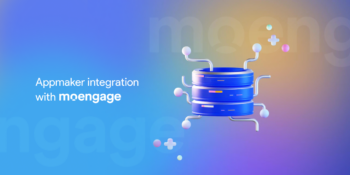
No Comments
Leave a comment Cancel